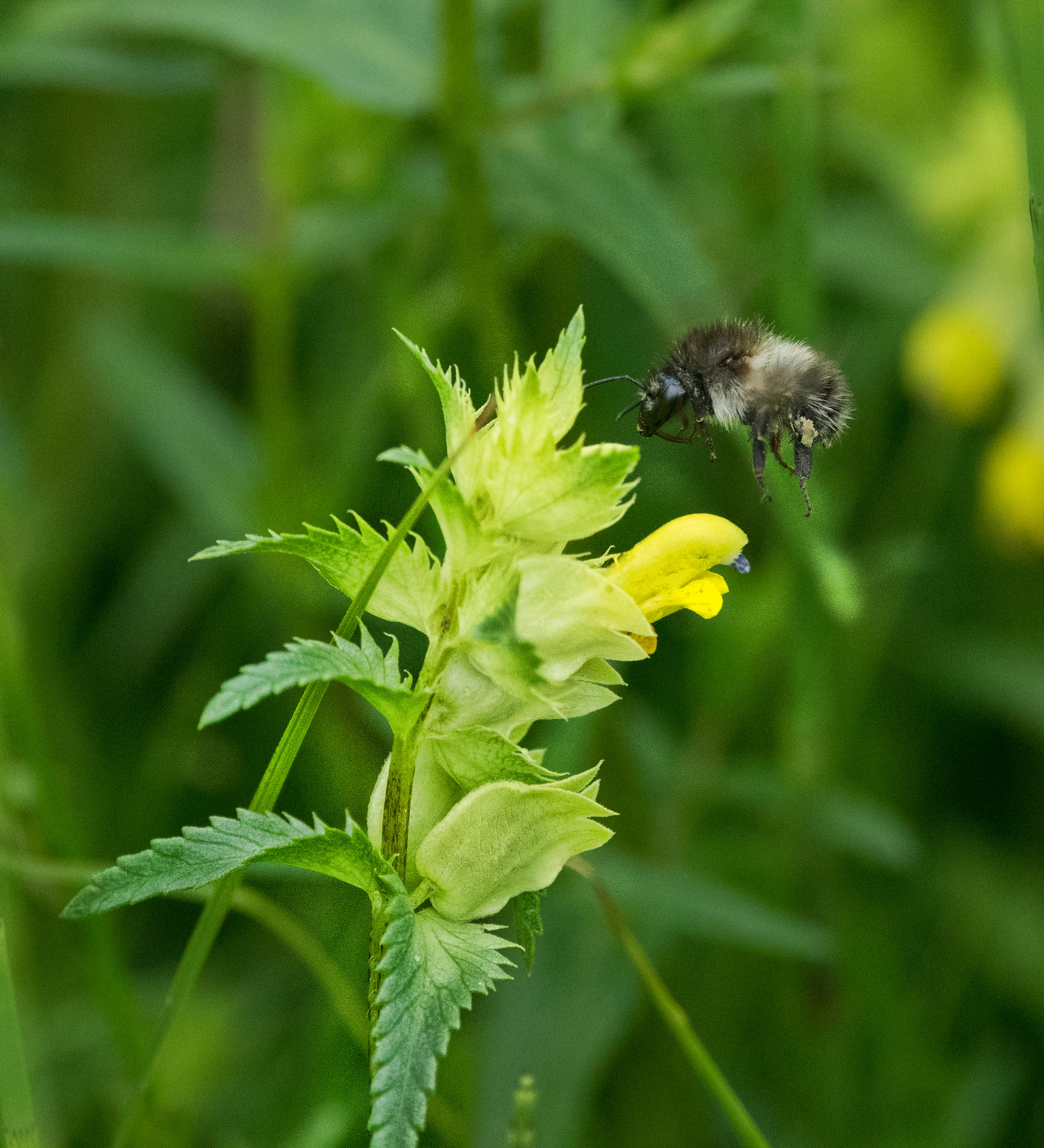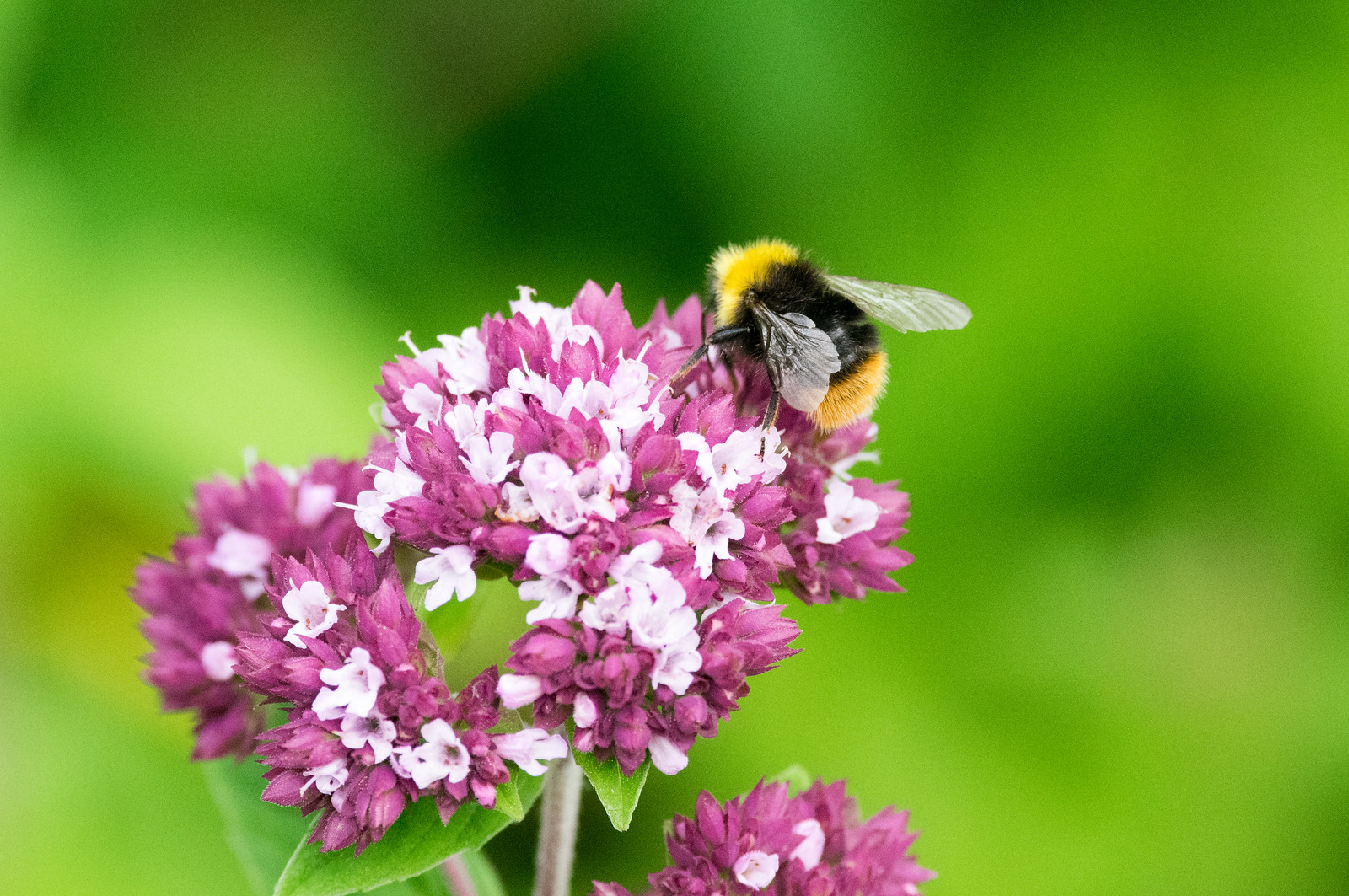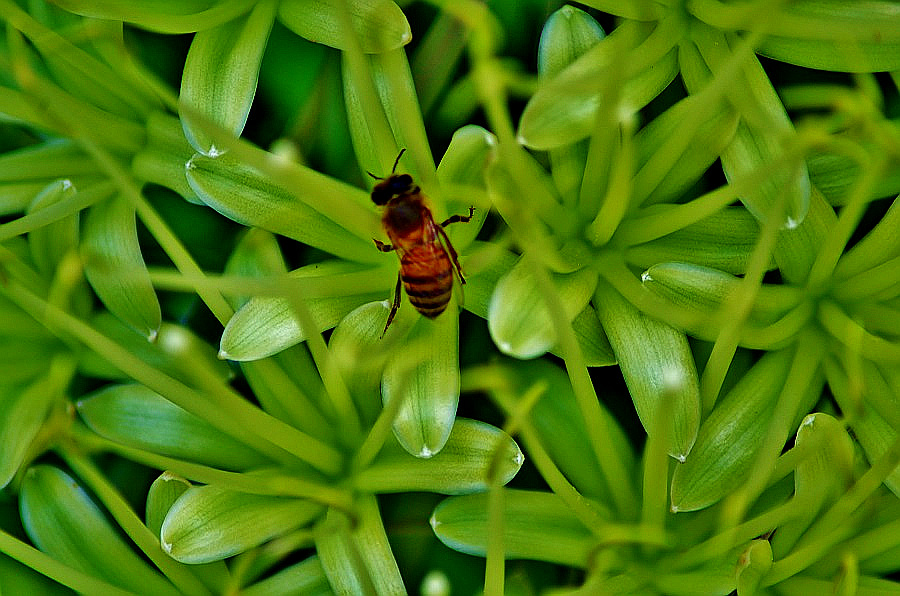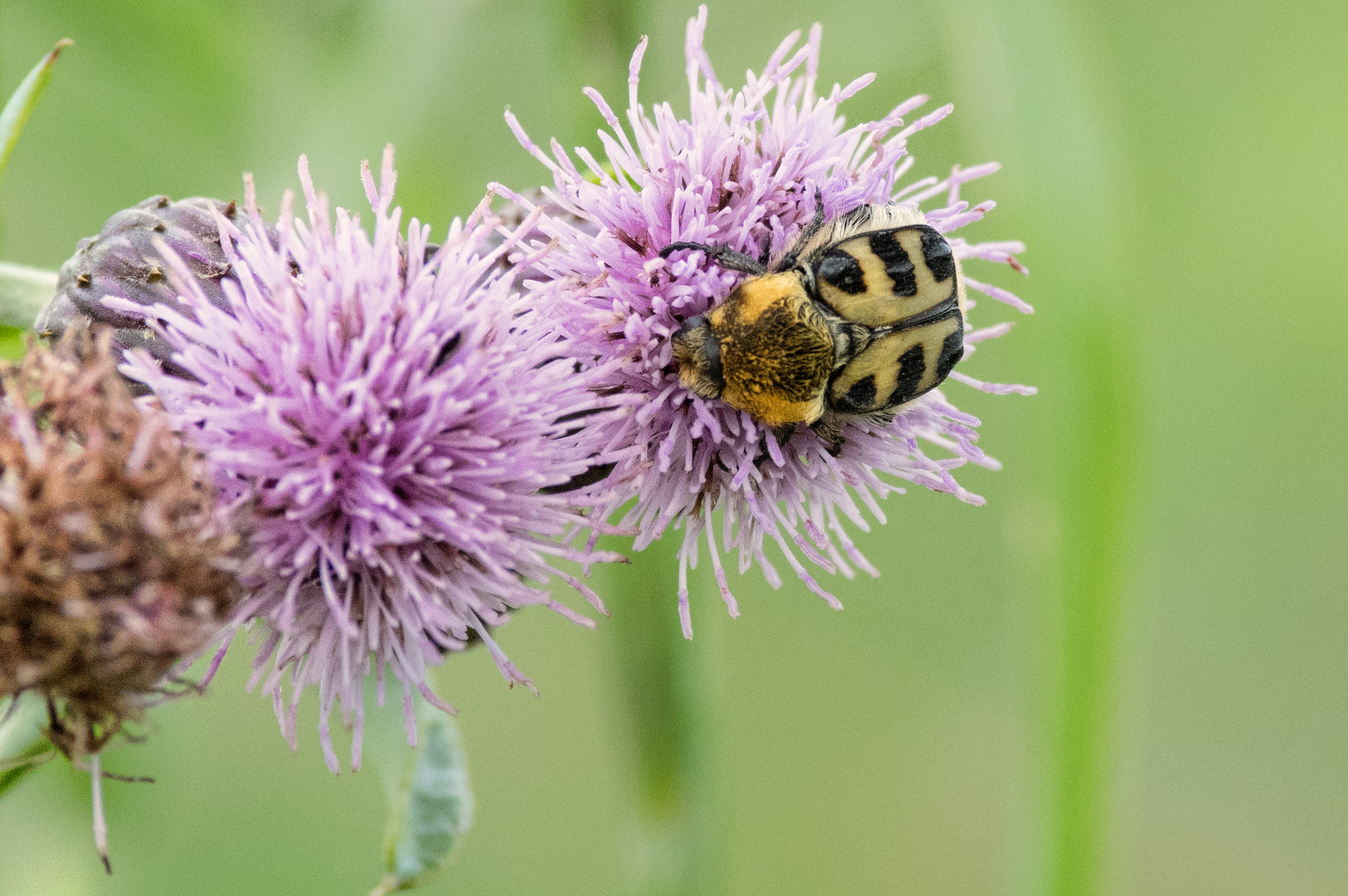 Originally posted by Evie
Originally posted by Evie 
If I remember correctly, the queen bee cannot lay unfertilized eggs after she is mated. Basically, only a new queen bee lays unfertilized eggs, gets males from them, mates with them, and then lays only fertilized eggs from then on. When nest becomes too big, worker bees feeds one larvae different diet, get a new unmated queen and part of the nest flies out with it and some food reserves.
Not quite... it's really a HUGE topic, and I could potentially go on until I bore you all to death - so I will try to restrain myself!

So, the order of insects called Hymenoptera all have this type of sex determination - males from unfertilized eggs, females from fertilized eggs. This group of insects comprises ants, wasps and bees, and in total more than 150,000 different species! In comparison, we have about 6000 different mammals and 10,000 different birds. Among the bees, our stories tend to focus on honey bees, since they are the domesticated species and they produce honey for us. Still, even among bees there are almost 20,000 different wild species - and one tame!
The story you tell about colony splitting is absolutely true for honey bees, and a few other bees do the same. Except even with honey bees, the queen is able to control whether an egg is fertilized or not: She will lay fertilized eggs most of the time, since these become workers and workers are essential to the success of the colony, but around the time the colony begins to produce queens, she will lay unfertilized eggs too to produce males - called drone bees. New queens go on nuptial flights with the males, and after this the males die.
Just one more twist to the story: Worker bees can actually "cheat" and lay an unfertilized egg of their own, when they encounter an unoccupied nest cell in the colony. This is in their own genetic interest, since they are more closely related to their own sons than to their siblings. However, workers "police" each other in the nest, and if one worker observes another worker laying an egg, she will immediately eat it!

I will stop now - but if you like good bee stories, you should check out Dave Goulson's books, particularly "A Sting in the Tale". He is a great writer and the book is hilarious, but full of insect insights too!


 Similar Threads
Similar Threads 



















 Post #3 by Bud
Post #3 by Bud








